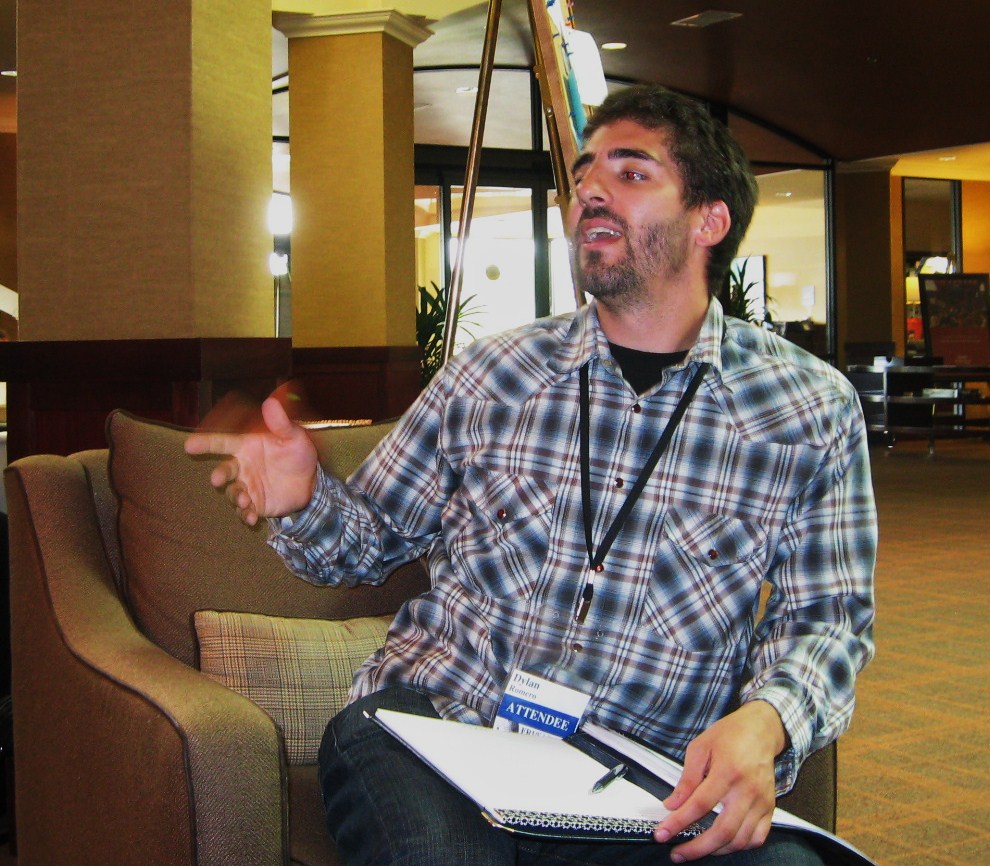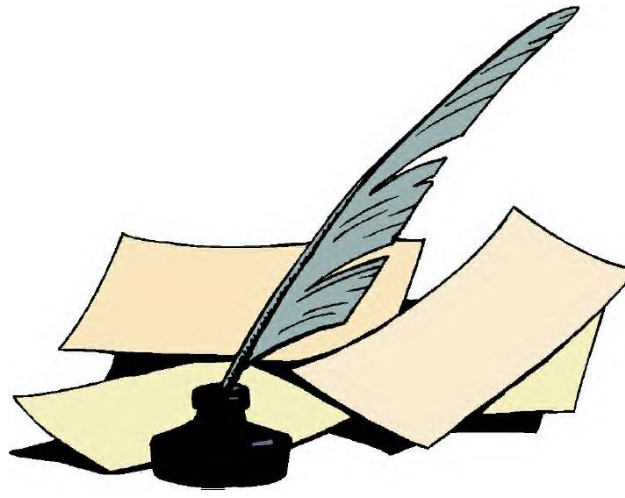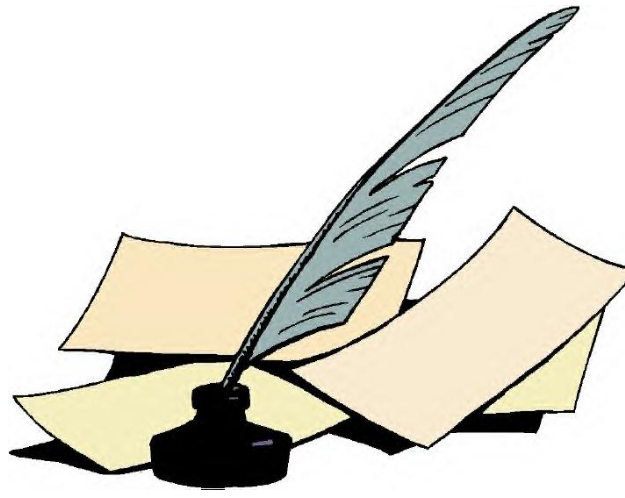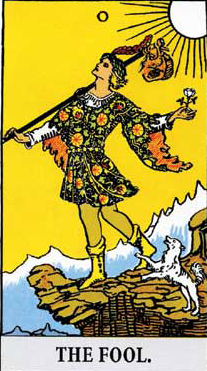The Hero’s Journey and the Tarot Major Arcana
Christopher Vogler literally wrote the book on the Hero’s Journey—with lots of help from the Myths of several cultures and Joseph Campbell. The Writer’s Journey gives the recipe for recreating this universal and timeless tale. His ingredients are a list of stages in the journey (pieces that must appear in the plot line) and a list of archetypes (character types that are necessary to drive the plot). Put ‘em together and, “bippity, boppity, boo”, you’ve got a story!
 The Stages of the Hero’s Journey
The Stages of the Hero’s Journey
1. The Ordinary World
2. The Call to Adventure
3. Refusal of the Call
4. Meeting with the Mentor
5. Crossing the First Threshold
6. Tests, Allies, Enemies
7. Approach to the Inmost Cave
8. Ordeal
9. Reward (Seizing the sword)
10. The Road Back
11. Resurrection
12. Return with the Elixer
The Archetypes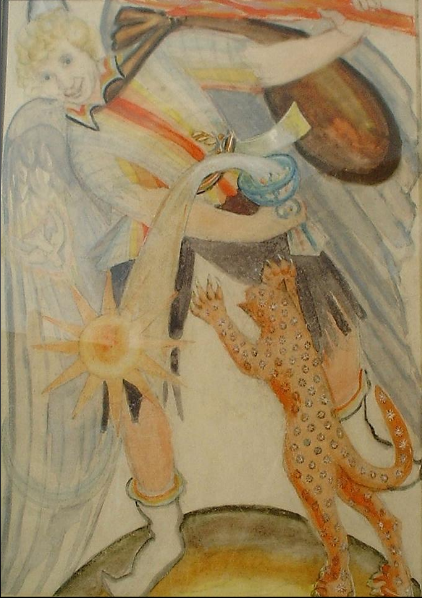
Hero
Mentor
Threshold Guardian
Herald
Shapeshifter
Shadow
Ally
Trickster
So, I got about this far in telling my Nearest and Dearest what the next blog was going to be about and he went ballistic. Way shortened version: “I hate it when people insist on taking a beautiful thing and breaking it down into its parts. It takes away the mystery and totally ruins it. A thing is more than the sum of its parts! Can’t you just leave it alone and enjoy it?”
Of course you can. A deep understanding and appreciation of this story arc is hardwired into the psyche of every culture on earth. This is the basic plot line of most of western literature. But that’s also why it’s so important for a storyteller to know how to tell it. Unfortunately, following Vogler’s recipe doesn’t guarantee a great story—you’ve still gotta be a great storyteller—but it really, really helps.
The Archetypes and challenges of the Tarot Major Arcana also tell the story of the Hero’s Journey; and they do it in order—starting with The Fool and ending with The World. In my book, The Remaking of Molly Adair , each chapter is a tarot key. In a tarot reading, the Major Arcana cards that come up, combined with the accompanying pip and court cards, tell the reader where the querent is in his or her own Hero’s Journey. And, yes, we are all heroes and we are all on a journey—it’s called life. Each lifetime may be a series of Hero’s Journeys or it may be the same journey repeated ad nauseam until it’s done right.
My game plan is to give a bit more information about the list of stages in the journey and the list of archetypes. Then I’ll explore the meanings of each Major Arcana card and suggest where it fits on the story arc and which of Vogler’s archetypes it might represent.
Credit: The second image is one of Lady Freida Harris‘s drafts of The Fool.


